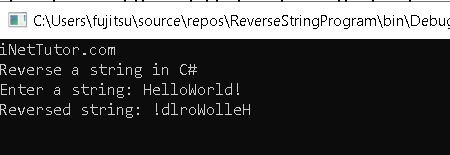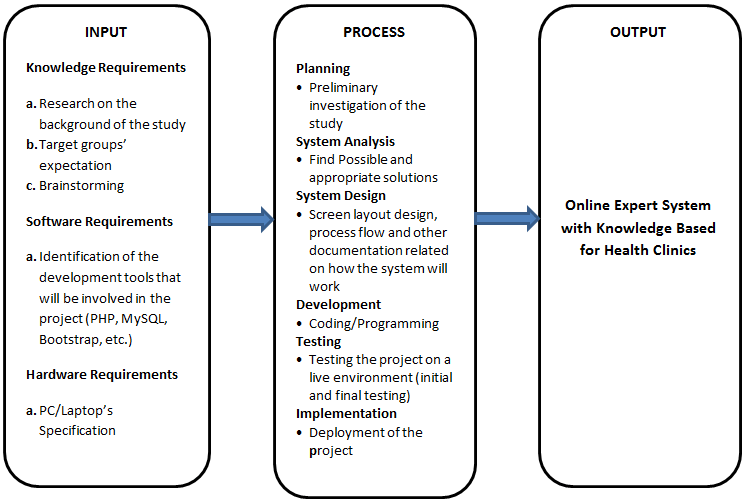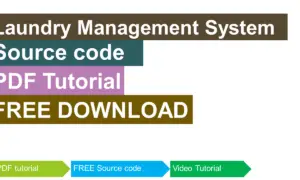Reverse String in CSharp
Introduction
Table of Contents
In the vibrant world of C# programming, mastering fundamental string manipulations is like wielding a powerful wand. Today, we embark on a captivating journey into the art of reversing strings—a fundamental yet magical concept. Imagine turning “Hello, World!” into “!dlroW ,olleH” with just a few lines of code!
In this blog post, we’ll unravel the secrets of reversing strings in C# console applications. Together, we’ll explore a hands-on approach, creating a program that not only introduces the mechanics of string reversal but also empowers you to wield this fundamental skill in your coding arsenal.
Ready to dive into the enchanting realm of C# string manipulation? Let’s conjure up some code and witness the magic of reversing strings unfold before our eyes!
Objectives
- Understanding String Manipulation in C#:
- Objective: Introduce learners to the basics of manipulating strings in C#.
- Explanation: The lesson aims to build a foundational understanding of string data types and how they can be manipulated in a C# environment.
- Reversing Strings Using a Loop:
- Objective: Teach learners how to reverse a string using a loop.
- Explanation: The core focus is on utilizing a loop structure to reverse the order of characters within a string, demonstrating the versatility of loop constructs in string manipulation.
- Applying Array Concepts:
- Objective: Reinforce the connection between strings and character arrays.
- Explanation: By converting the input string into a character array, learners gain insights into the relationship between strings and arrays, enhancing their understanding of data manipulation.
- User Interaction with Console Input:
- Objective: Enable learners to interact with console input for string manipulation.
- Explanation: The lesson incorporates user input through the console, providing a practical scenario where learners input a string, witness its reversal, and observe the dynamic nature of console applications.
- Encouraging Modular Code with Methods:
- Objective: Promote the use of methods for modular and organized code.
- Explanation: The lesson demonstrates the creation of a method for string reversal, fostering good coding practices and highlighting the benefits of modular code structures.
- Emphasizing Readability and Documentation:
- Objective: Stress the importance of writing clear and documented code.
- Explanation: As learners engage with the lesson, emphasis is placed on code readability and the inclusion of meaningful comments, promoting good coding habits for effective collaboration and maintenance.
- Realizing the Practical Application:
- Objective: Showcase the practical application of string reversal in programming.
- Explanation: By completing the lesson, learners will have a tangible skill—reversing strings—that is widely applicable in various programming scenarios, laying the groundwork for more advanced string manipulations.
- Preparation for Further String Manipulation Concepts:
- Objective: Set the stage for future exploration into advanced string manipulation.
- Explanation: The lesson serves as a stepping stone, preparing learners for more intricate concepts in string manipulation as they advance in their C# programming journey.
By the end of this lesson, learners will have acquired a fundamental skill—reversing strings—that not only stands as a standalone achievement but also opens doors to more complex applications of string manipulation in C# programming. The objectives aim to provide a comprehensive and practical understanding of string reversal and its broader implications in programming.
Source code example
using System;
namespace ReverseStringProgram
{
class Program
{
static void Main()
{
Console.WriteLine("iNetTutor.com ");
Console.WriteLine("Reverse a string in C# ");
Console.Write("Enter a string: ");
string inputString = Console.ReadLine();
string reversedString = ReverseString(inputString);
Console.WriteLine($"Reversed string: {reversedString}");
Console.ReadKey(); // Keep the console window open
}
static string ReverseString(string input)
{
char[] charArray = input.ToCharArray();
int start = 0;
int end = input.Length - 1;
while (start < end)
{
// Swap characters at start and end indices
char temp = charArray[start];
charArray[start] = charArray[end];
charArray[end] = temp;
// Move indices towards the center
start++;
end--;
}
return new string(charArray);
}
}
}
Explanation
- Namespace and Class Declaration:
- The code is now encapsulated within the ReverseStringProgram namespace, providing a container for related code elements. (line 3)
- The class Program is declared within this namespace, serving as the main logic container for the program. (line 5)
- Main Method (line 7):
The Main method is the entry point of the program and is automatically called when the program starts.
- Console Output (line 9-11):
These lines print informative messages to the console, prompting the user to enter a string.
- User Input (line 12):
This line uses Console.ReadLine() to capture user input as a string and stores it in the variable inputString.
- Method Invocation (line 14):
The ReverseString method is called with inputString as an argument, and the result is stored in the variable reversedString.
- String Reversal Method (line 20-39):
The ReverseString method takes a string input as a parameter and returns a reversed version of that string.
- String to Char Array Conversion (line 22):
The input string is converted into a character array using ToCharArray(). This step is necessary for manipulating individual characters.
- Loop for Reversal (line 26-36):
The method employs a while loop to reverse the characters in the charArray. It swaps the characters at the start and end indices while incrementing start and decrementing end to move towards the center of the array.
- Return Reversed String (line 38):
The reversed character array is converted back to a string using the new string(charArray) constructor, and this reversed string is returned from the method.
- Console Output of Reversed String (line 16):
Finally, the reversed string is displayed on the console using Console.WriteLine().
- Keep Console Open (line 17):
Console.ReadKey() is used to keep the console window open until a key is pressed, allowing the user to view the output.
Output

- The program prompts the user to enter a string using Console.ReadLine().
- The ReverseString method takes the input string, converts it to a character array, and uses a loop to reverse the characters by swapping elements from the start and end.
- The reversed string is then displayed using Console.WriteLine().
- Console.ReadKey() is used to keep the console window open after displaying the reversed string.
Summary
In this lesson, we explored C# console programming by learning how to flip around user-inputted words. The code was neatly organized with the name “StringManipulationApp” to keep things tidy. We used simple commands like Console.Write and Console.ReadLine to chat with users and get words from them. The trick of flipping the words was put into a little box called ReverseString to keep things tidy and easy to understand. We used a special trick called a loop to swap the letters in the words and make them backwards. By showing the flipped words with Console.WriteLine and using Console.ReadKey, we made sure the computer chat window stayed open for users to see the result. Now, with this cool skill, you’re all set to do even fancier word tricks in your C# adventures!
Exercises and Assessment
- Enhanced User Interaction:
- Improve the user experience by providing more clear and friendly prompts.
- Exercise: Modify the program to include additional instructions and guidance for the user.
- Whitespace Handling:
- Enhance the program to handle leading and trailing whitespaces in the input string.
- Exercise: Implement a solution that trims whitespaces before reversing the string.
- Palindromic Strings:
- Extend the program to check if the original input string is a palindrome (reads the same backward as forward).
- Exercise: Create a method to determine if the input string is a palindrome and display the result.
- Case Sensitivity:
- Update the program to handle both uppercase and lowercase characters.
- Exercise: Modify the string reversal logic to preserve the original case of characters.
- String Length Limit:
- Add a feature to limit the length of the input string and provide a helpful message for longer strings.
- Exercise: Implement input validation to ensure the string length is within an acceptable range.
Assessment:
Objective: Evaluate learners’ proficiency in string manipulation, user interaction, and code enhancement.
Criteria:
- Enhanced User Interaction (10 points):
- Assess the improvements made in user prompts for clarity and friendliness.
- Whitespace Handling (15 points):
- Evaluate the correctness and effectiveness of the solution for handling leading and trailing whitespaces.
- Palindromic Strings Implementation (20 points):
- Assess the ability to implement and integrate a method to check for palindromic strings.
- Case Sensitivity (15 points):
- Evaluate the modification of the program to handle both uppercase and lowercase characters correctly.
- String Length Limit (10 points):
- Assess the implementation of input validation to limit the length of the input string.
- Code Readability and Comments (10 points):
- Consider code readability and the presence of meaningful comments.
- Bonus Challenge: Additional Enhancements (10 points):
- Encourage learners to propose and implement additional features or improvements to the program.
Total Points: 80 (with a bonus of 10 points)
This assessment is designed to evaluate learners’ understanding of string manipulation concepts, user interaction, and their ability to enhance the functionality of the program. It encourages creativity and critical thinking by including a bonus challenge for learners to explore additional features beyond the suggested exercises.
Related Topics and Articles:
You may visit our Facebook page for more information, inquiries, and comments. Please subscribe also to our YouTube Channel to receive free capstone projects resources and computer programming tutorials.
Hire our team to do the project.



